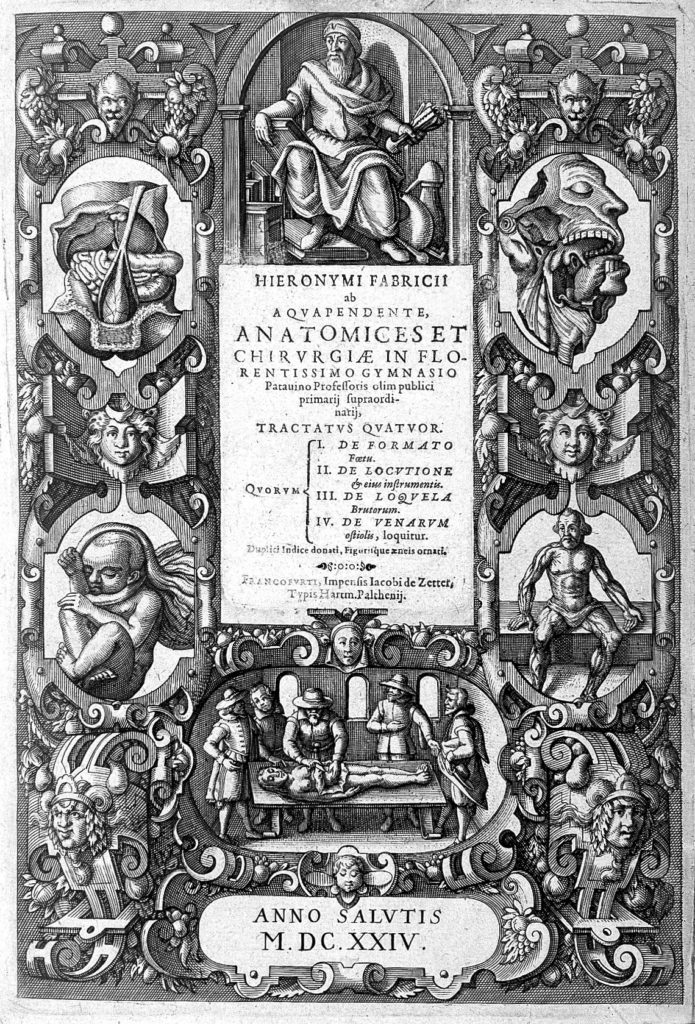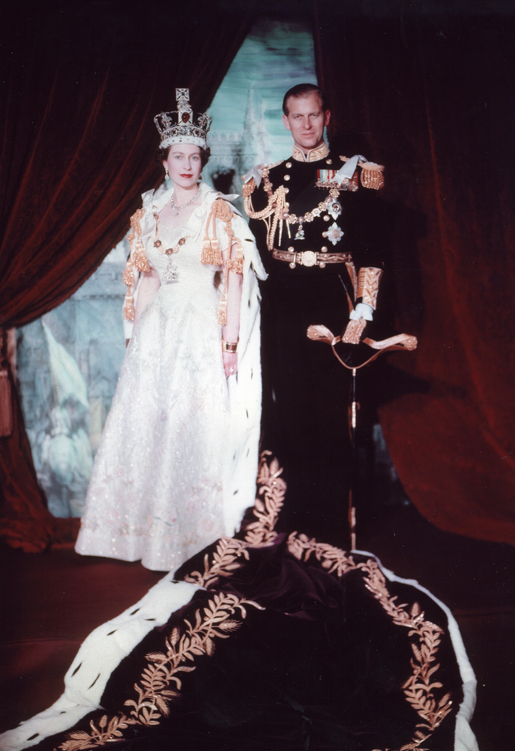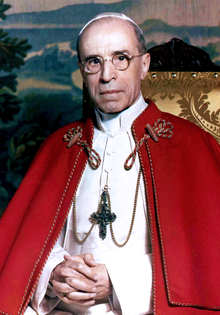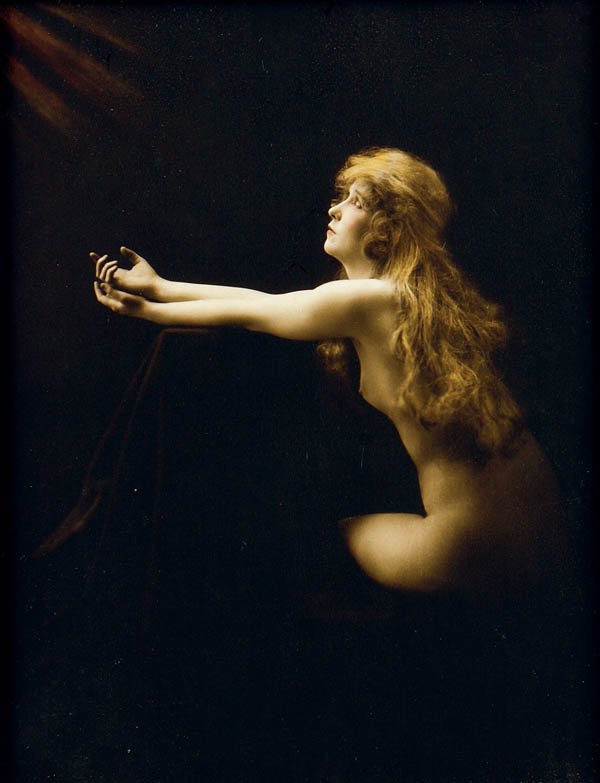Read’s integration of faith and medicine would be familiar to older practitioners of the medical arts. Looking back as far as the 17th century, Mann, an historian who specializes in early-modern religion and culture, sees this inseparability of faith and medicine with her case study on Dr. John Downes MD (1627-1694).

Mann argues that “faith remained fundamental in many physicians’’ approaches to their life’s and their work.” She sees, “an intricate relationship between religion and medicine in the seventeenth century.”[1] Mann also suggests that future scholarship needs to study the history and religion in conjunction, rather than as two separate fields of study. She says, “[…] physicians were exceptionally well placed to ‘act the part of the divine’ when treating patients. […] Therefore, the interaction of soul and body, a matter of profound religious significance, also arose an issue in the determination of illness.”[2] Although pregnancy and childbirth are not illnesses, per se, for this argument I will utilize the category of “illness”, being an atypical state of being which needs attention. The prevailing theory among obstetricians during Read’s time, and into the modern era, is that birth is pathological and therefore necessitates medical intervention.[3]
According to Levin, the modern discussion of faith and medicine “has been going on since at least 1835 when Amariah Brigham, founder of the American Psychiatric Association, published his Observations on the Influence of Religion upon the Health and Welfare of Mankind.”[4] Levin also looks back to centuries before the common era to see the discussion of faith and medicine.[5] Throughout the history of medicine, faith and religion have always been included in the diagnosis and treatment of patients. This multiple perspective problem means that it is difficult to have apples to apples comparisons of similar issues within the medicine and faith dialog.
Mann agrees with Levin with regards to a lack of cohesion in the scholarship. She says that religion and medicine are approached as two different sub-fields, and this must be bridged since they have shared practices. She highlights the case of pain medication for childbirth as an example of perceived conflict of medicine versus religion, but it isn’t and only appears to be a conflict.[6]
Read sees no conflict either. He also sees little reason for pain medication, given that he believes birth doesn’t have to be painful. For him it really is about mothers having faith in themselves, the method, Read himself and the fulfillment of their most holy duty of motherhood. He does, somewhat backtrack a bit to appease his colleagues and to appear less fervent regarding the use of pain medication in labor. However, he does remove the determining power of the physician to offer pain medication and transfers that power to the mother to request it.
Next up: A Calling – Parallels Between Clergy and Physicians
[1] Mann, S. (2016), Physic and divinity: the case of Dr. John Downes MD (1627-1694), p.451
[2] Mann, S. (2016), Physic and divinity: the case of Dr. John Downes MD (1627-1694), p.453
[3] Beck, N.C. (1979), Preparation for Labor, a Historical Perspective, p. 245-246
[4] Levin, J. (2018), The discourse on faith and medicine, a tale of two literatures, p. 266
[5] Levin, J. (2018), The discourse on faith and medicine, a tale of two literatures, p. 267
[6] Mann, S. (2016), Physic and divinity: the case of Dr. John Downes MD (1627-1694), p. 463
Become a Patron!


